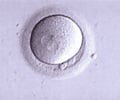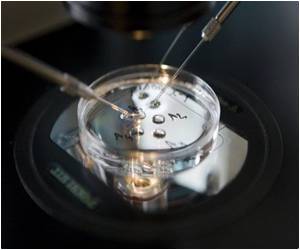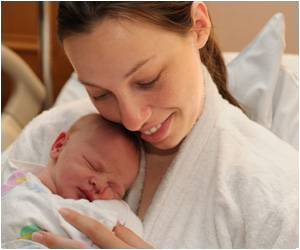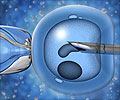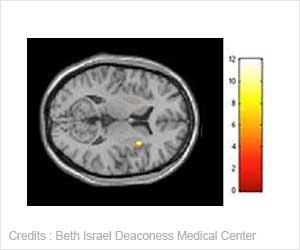The environment in early life, from foetus to the first two years of life, can have a significant effect on long-term health.
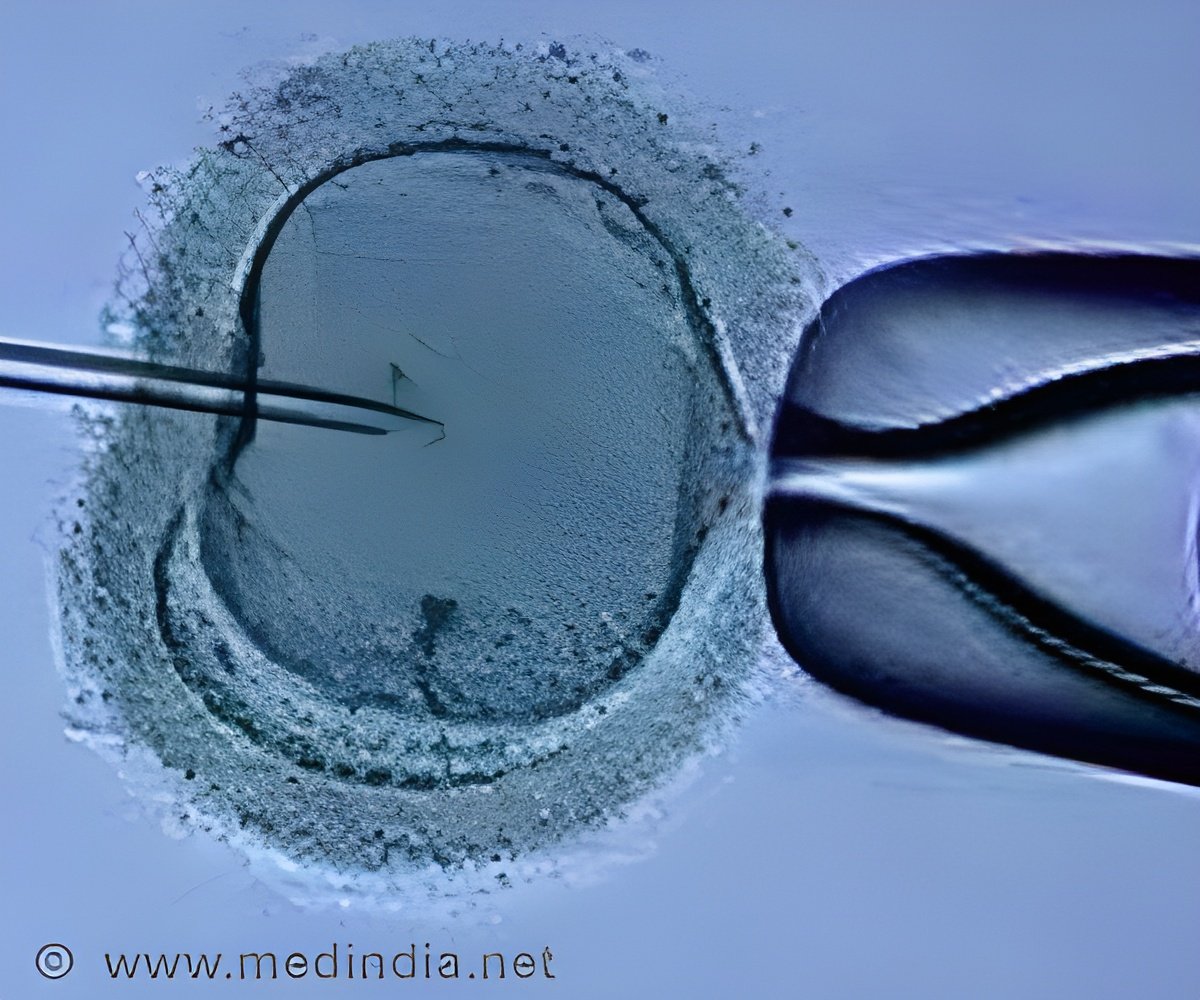
‘Fertility experts are calling on the companies who make the solutions in which embryos are cultured during in vitro fertilisation to give a clear list of ingredients.’





Professor Hans Evers, calls for urgent action by industry and regulators in the wake of these findings, saying that, just as with foods such as peanut butter, the exact composition of the culture media should be listed. The Barker hypothesis (Developmental Origins of Health and Disease) proposes that events in early life affect cardiovascular and metabolic health at an adult age.
Small differences in birthweight may reflect more subtle disturbances that only will manifest themselves later in life.
Dr John Dumoulin, the IVF laboratory director in the department of obstetrics and gynaecology at Maastricht University Medical Centre, The Netherlands, and his colleagues recruited 836 couples who were scheduled for IVF or ICSI (intracytoplasmic sperm injection) treatment at one of ten IVF centres in The Netherlands between July 2010 and May 2012.
They randomised them to have their embryos cultured in one of two culture media: human tubal fluid (HTF) or G5. The randomisation was "double-blind" so that the patients, their gynaecologists, fertility doctors or outcome assessors did not know which medium was being used. Blinding of the embryologists was not possible as they performed the laboratory procedures. The researchers followed the progress of the couples for a year after randomisation or, in the cases where there were ongoing pregnancies, until birth.
Advertisement
There was a greater number of embryos cultured in the G5 medium that were good enough to be implanted compared to those cultured in the HTF medium (2.8 versus 2.3).
Advertisement
There was a slightly higher (6%) live birth rate in couples assigned to G5 than those assigned to HTF (44% versus 38%), although this was not statistically significant.
Dr Dumoulin said, "For the first time, by means of a large randomised controlled trial, we have shown that human embryos that are cultured in vivo are sensitive to their environment and that something is programmed into these embryos during those few days before transfer to the womb that still has an effect nine months later. This being the case, we must be aware that David Barker hypothesised that the environment in early life, from foetus to the first two years of life, can have a significant effect on long-term health. This means that we should be careful and we should no longer blindly accept new culture media, or other alterations in laboratory or clinical procedures, without first rigorously studying effectiveness and safety."
Source-Eurekalert

